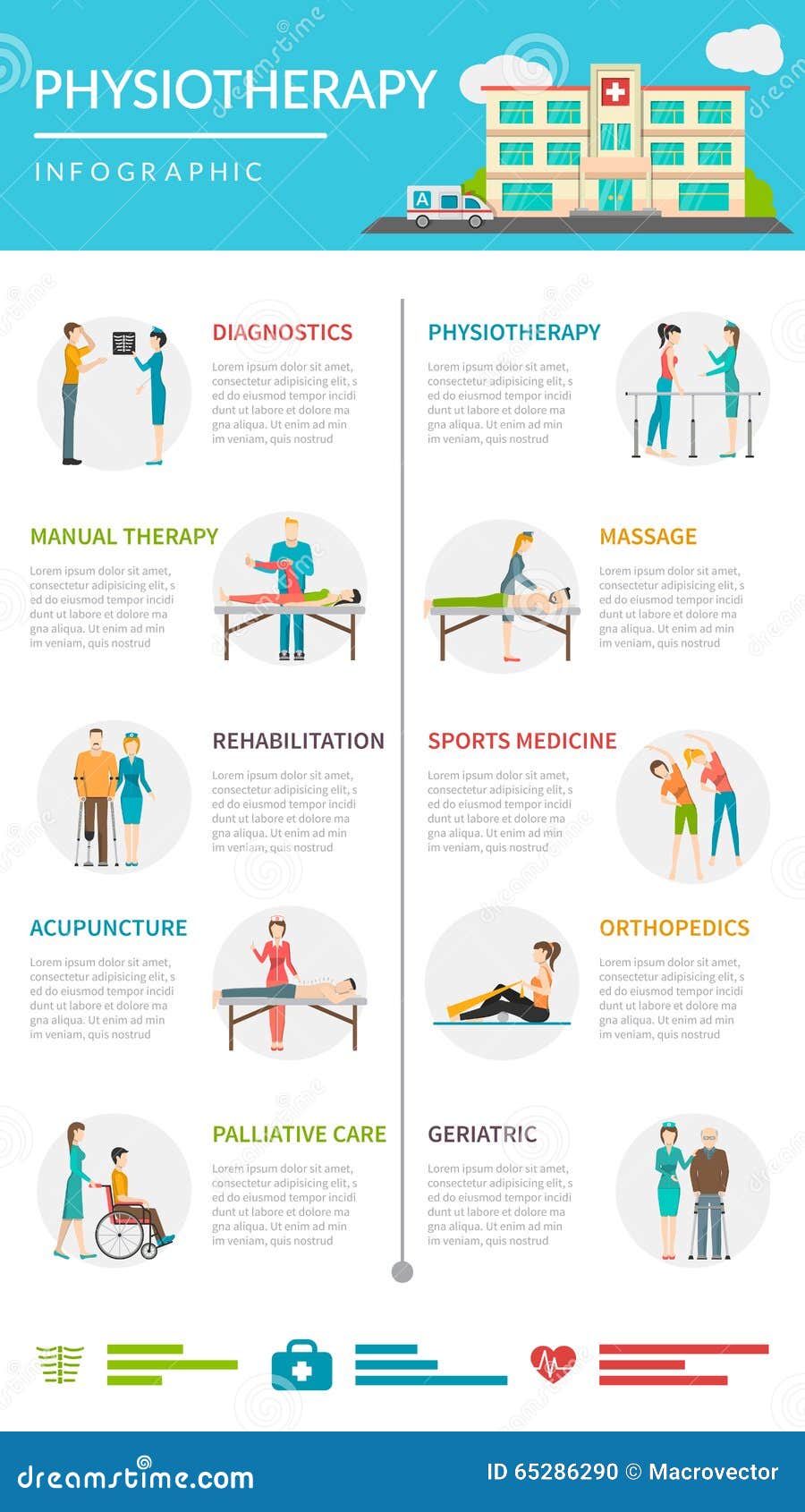Typical Everyday Routines That Trigger Pain In The Back And Tips For Preventing Them
Typical Everyday Routines That Trigger Pain In The Back And Tips For Preventing Them
Blog Article
Short Article Author-Briggs Secher
Keeping correct position and avoiding usual risks in day-to-day tasks can substantially influence your back health. From exactly how you rest at your workdesk to how you lift hefty objects, small adjustments can make a huge difference. Picture a day without the nagging neck and back pain that hinders your every relocation; the option could be less complex than you think. By making a few tweaks to your day-to-day habits, you could be on your way to a pain-free existence.
Poor Position and Sedentary Way Of Living
Poor posture and a less active way of living are two significant contributors to back pain. When you slouch or inkling over while sitting or standing, you put unnecessary strain on your back muscle mass and spine. This can result in muscle mass inequalities, tension, and ultimately, chronic back pain. In addition, sitting for extended periods without breaks or exercise can weaken your back muscles and lead to stiffness and discomfort.
To fight poor stance, make an aware effort to rest and stand straight with your shoulders back and straightened with your ears. Bear in mind to maintain your feet level on the ground and stay clear of crossing your legs for extensive periods.
Including routine extending and strengthening workouts right into your everyday regimen can additionally help improve your position and reduce back pain connected with a sedentary way of living.
Incorrect Training Techniques
Incorrect training techniques can substantially add to pain in the back and injuries. When you lift hefty objects, remember to flex your knees and utilize your legs to lift, rather than counting on your back muscular tissues. Stay clear of twisting your body while lifting and keep the item close to your body to decrease strain on your back. It's essential to keep a straight back and avoid rounding your shoulders while raising to stop unnecessary stress on your spine.
Always examine the weight of the things prior to lifting it. If it's too hefty, ask for aid or use equipment like a dolly or cart to carry it safely.
Remember to take breaks during raising jobs to offer your back muscle mass a chance to relax and protect against overexertion. By carrying out appropriate lifting strategies, you can prevent pain in the back and minimize the danger of injuries, ensuring your back remains healthy and balanced and strong for the long-term.
Absence of Normal Exercise and Stretching
A less active lifestyle devoid of routine workout and extending can substantially add to pain in the back and pain. When you do not engage in physical activity, your muscular tissues become weak and stringent, resulting in poor stance and raised strain on your back. simply click the following article helps enhance the muscle mass that sustain your spinal column, enhancing stability and lowering the risk of back pain. Incorporating extending into your regimen can also boost versatility, avoiding stiffness and pain in your back muscle mass.
To prevent back pain brought on by an absence of workout and stretching, aim for at the very least 30 minutes of modest exercise most days of the week. Consist of exercises that target your core muscular tissues, as a solid core can help ease stress on your back.
In addition, take breaks to stretch and move throughout the day, especially if you have a desk task. Simple stretches like touching your toes or doing shoulder rolls can assist ease stress and stop neck and back pain. Focusing on normal workout and stretching can go a long way in maintaining a healthy back and minimizing pain.
Verdict
So, remember to stay up directly, lift with your legs, and remain energetic to avoid pain in the back. By making straightforward adjustments to your day-to-day routines, you can prevent the discomfort and restrictions that feature neck and back pain. Deal with your back and muscles by exercising good stance, correct lifting techniques, and regular workout. back pain when lying down will thank you for it!
